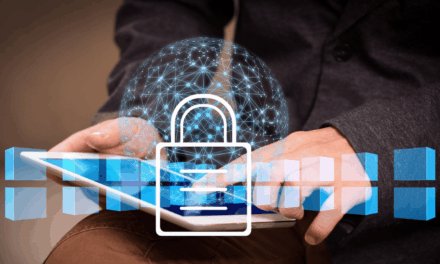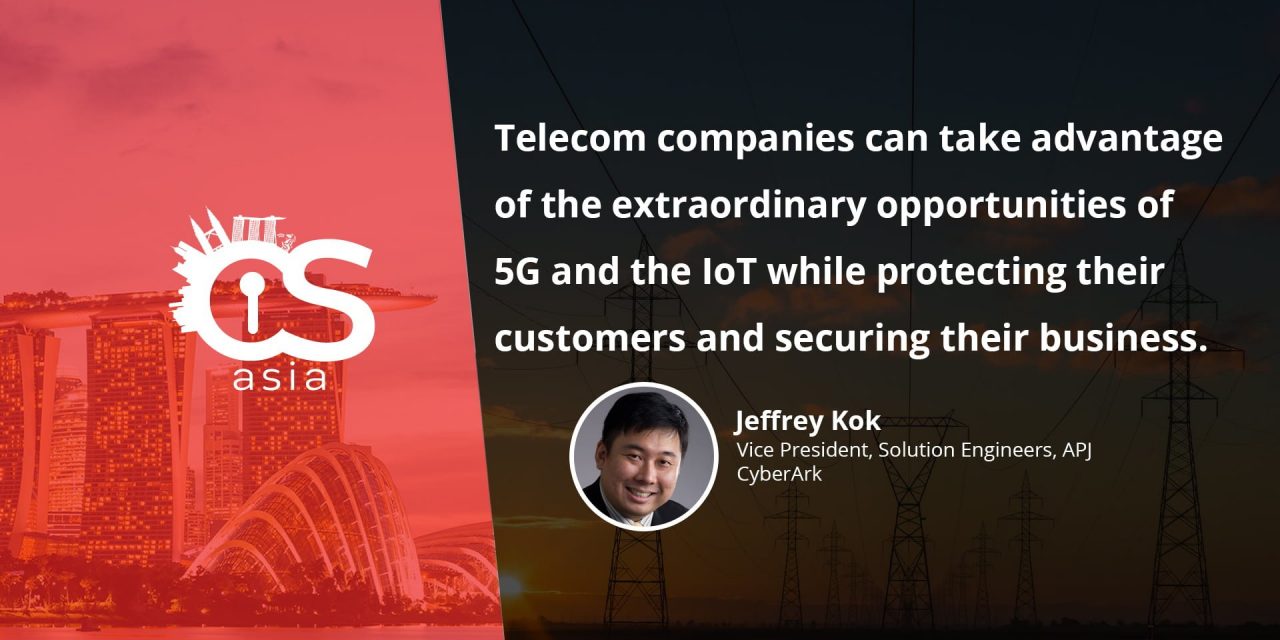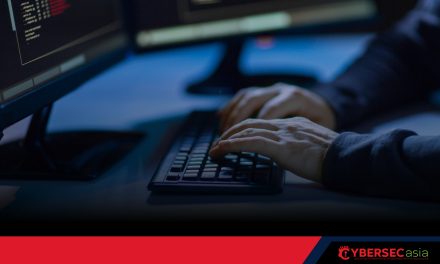The key to protecting the new critical infrastructures lies in the protection of privileged access, says this PAM expert.
High-speed 5G networks and connected Internet of Things (IoT) devices are set to transform digital lifestyles globally. The promise to the consumer is of everything from incredibly fast downloads—imagine downloading a two-hour movie in 3.6 seconds—to enhanced virtual reality (VR) and augmented reality (AR) experiences, and holographic phone calls.
Businesses and society in general can look forward to autonomous vehicles, connected smart city infrastructure, digital healthcare, and the automated factories of Industry 4.0.
According to the GSMA, the average annual IoT spend by enterprises in the Asia Pacific region rose 12% from 2017 to USD$4.8 million in 2019. For communications services providers (CSPs) specializing in mobile services, media or web services, this means constant, relentless innovation to keep up with rapidly changing demands from customers for more bandwidth.
Staying competitive and relevant requires CSPs to deliver business value beyond basic connectivity. While these factors undermine established business models, they also open up lucrative new markets and opportunities for incumbent players.
CSPs and the opportunity for disruption
As IoT devices drive market transformation, mobile bandwidth is coming online at the same time that IoT devices are reaching critical mass. CSPs today are challenged by the opportunity of IoT. The impending disruption will be massive.
CSPs must also contend with Over-The-Top (OTT) content providers like Netflix, HOOQ, Viu and iFlix that distribute messaging, stream media over the internet and undermine CSP business models.
CSPs are positioned to enable these new business models but, as with any great innovation, they cannot just sit back and enjoy the uptick in revenue. They still need to be mindful of the risks inherent in the data economy and work to secure their customers. 5G and the IoT have the potential to improve society, but they also open up cybersecurity threats that can compromise everyone’s most important personal information. It is recognized that without a global effort on certification or labelling, IoT devices present major privacy and security risks.
Telecom companies are frequently the target of cyberattacks because they build and operate critical infrastructure that is used to communicate and store large amounts of sensitive data for consumers, businesses and government. Data breaches or denial-of-service attacks on CSPs can reverberate far beyond the initial incident. Moreover, end user equipment, such as home routers, smartphones and IoT devices, are only nominally under CSP control. This makes the devices easy targets for hackers looking to steal data.
In a stiffening regulatory environment data privacy is a higher priority than ever before. Since prominent communications brands have been implicated in major data breaches, CSPs recognize that trust is a competitive differentiator.
Operational and security challenges
The range of vulnerabilities in telecommunications infrastructures present several risk factors that are potentially far more harmful than the typical privacy breach at consumer-oriented organizations. Bad publicity, brand damage and regulatory fines can be very costly. However, a cyberattack on a telecom company has follow-on impacts that most others do not.
This is because telecommunications systems serve as a critical backbone to nations and economies across the globe, enabling the transmission of financial and business transactions as well as emergency response communications. Also, network operators typically maintain extraordinarily diverse infrastructure of legacy equipment from a variety of different manufacturers.
Security is critical; if these systems are compromised, the consequences can be dire.
The key to protecting critical infrastructure
Privileged credentials exist everywhere. Attackers know this. That is why almost all advanced attacks today rely on the exploitation of privileged credentials to reach a target’s most sensitive data, applications and infrastructure. Telecommunications is no exception.
Yet, too often, privileged access to critical systems is left unsecured and unmanaged. This puts assets at an increased risk of a damaging cyberattack that could impact telecommunications companies and citizens alike.
Privileged accounts and credentials provide superuser access to critical telecommunications infrastructure on-premises, in the cloud and in hybrid environments. To reduce the risk of costly, disruptive damage to these systems, it is vital that companies proactively secure, control and monitor the use of powerful privileged accounts.
Remote desktop protocol (RDP) and virtual network computing (VNC) credentials, in particular, provide cybercriminals with a way to both gain initial entry into networks and move laterally. This is an essential process for identifying the systems where malicious software will be most effective.
Here then, are four steps telecom companies can proactively take to reduce the risk of privileged access abuse:
- Understand the most common types of attacks that exploit privileged access. How does an attacker think and behave in each case to exploit the organization’s vulnerabilities?
- Prioritize the most important privileged accounts, credentials and secrets. Identify the potential weaknesses and vulnerabilities in their existing privileged access management (PAM) program. Focus especially on those that could jeopardize critical infrastructure or the organization’s most vital information.
- Determine the most effective actions to close the gap on these weaknesses and potential vulnerabilities. Which actions are the highest priority? What can be achieved quickly and which require a longer-term plan?
- Continually improve by taking the time to plan out a strategy for managing privileged access. Return to reassess the strategy as your organization and the threat landscape evolve.
Paying constant attention to these steps will help telecom companies take advantage of the extraordinary opportunities of 5G and the IoT, while protecting their customers and securing their business.

















